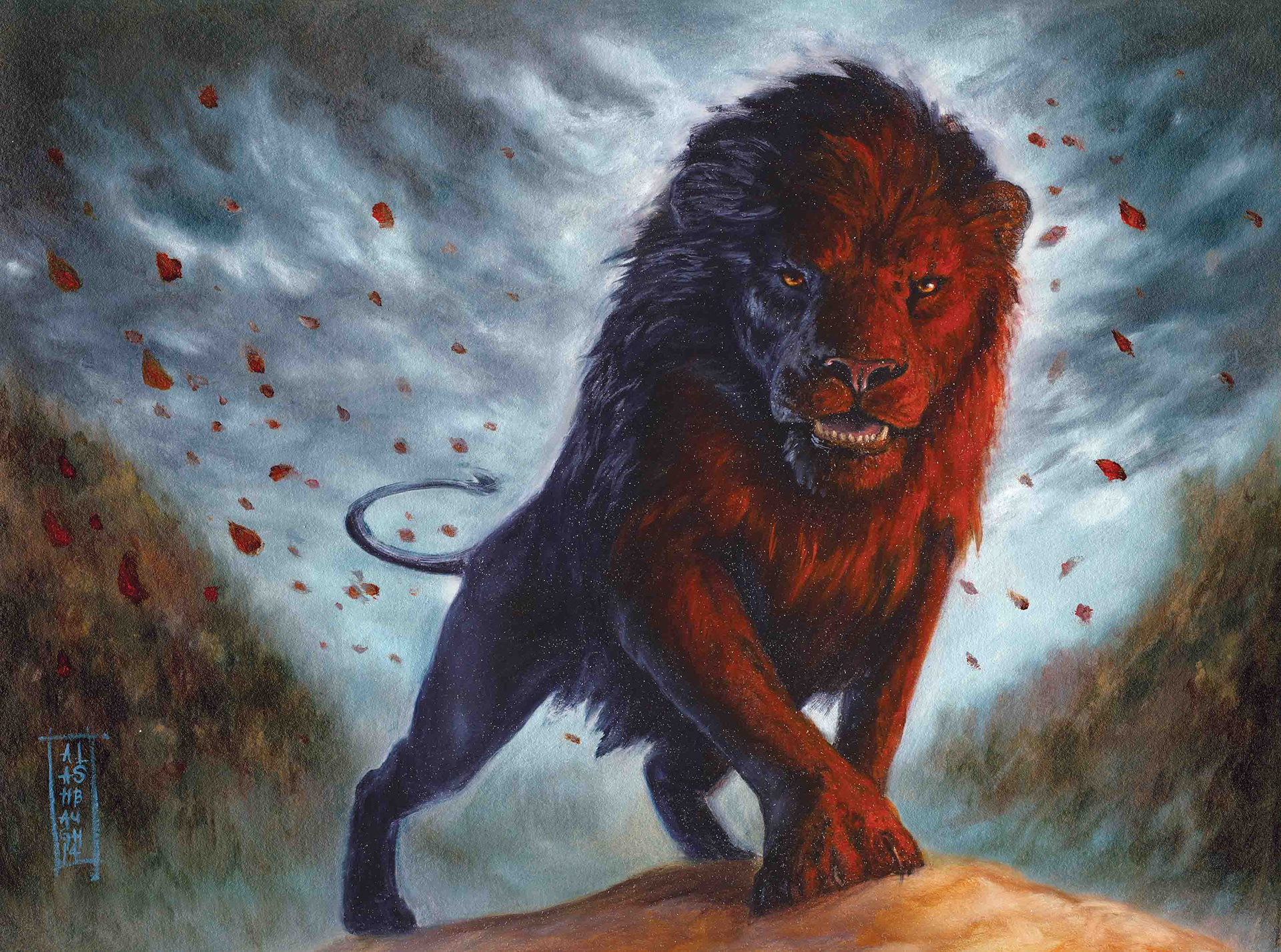In the digital age, where the pulse of social media beats with every keystroke, the phenomenon of rage bait lion and monkey has captured the imagination of internet users worldwide. This metaphorical clash between power and agility, authority and mischief, resonates deeply in the realms of online discourse. It's not merely about animals but the symbolic representation of two forces that collide, igniting storms of heated debates and arguments. The lion signifies dominance and control, while the monkey embodies the unpredictable and the playful, creating a dynamic that is both thrilling and contentious.
The significance of this topic extends beyond mere entertainment. Rage bait transcends the boundaries of casual discussion to delve into the psychology of human interaction, communication, and the evolving landscape of online engagement. It sheds light on how and why these debates escalate and why they continue to captivate audiences. The ability to provoke reaction, whether intentional or not, has become a powerful tool in the digital era. By dissecting this phenomenon, we gain insight into the mechanisms driving online discourse and the role it plays in shaping public opinion.
| Attribute | Details |
|---|---|
| Concept Origin | Derived from online debates and social media interactions |
| Primary Symbolism | Lion: Dominance, Authority; Monkey: Agility, Mischief |
| Impact on Society | Heightens societal divides, increases polarization, and spreads misinformation |
| Notable Instances | Political debates, celebrity feuds, viral challenges |
| Reference | New York Times |
The origins of rage bait trace back to the early days of human interaction, evolving with the advent of the internet. Platforms like Twitter, Facebook, and Reddit have transformed it into a global phenomenon. The simplicity of posting controversial content can instantly gather a massive audience, driven by the innate human desire for drama and spectacle. This behavior is not new; ancient philosophers engaged in heated debates, setting the stage for modern rage bait. Today, the evolution of technology has only amplified the reach and intensity of these interactions.
- Hdhub4u Bollyflix Movies Download Your Ultimate Guide To Streaming And Downloading
- Exploring The Viral Sensation Mms Desi Videos
Understanding the psychology behind rage bait is crucial to navigating its complexities. The human brain is wired to react strongly to perceived threats, making it susceptible to emotional triggers embedded in provocative statements. Cognitive biases further skew perceptions, while group dynamics intensify reactions as people rally to defend shared beliefs. The allure of attention and emotional manipulation drives individuals to engage in or provoke these debates, often with ulterior motives such as promoting political or social agendas.
Key players in the rage bait game include trolls, activists, and accidental participants. Trolls thrive on chaos, deriving pleasure from stirring up trouble. Activists leverage the power of controversy to bring attention to critical issues like social justice and climate change. Accidental participants, caught unaware, often find themselves embroiled in these fiery arguments. Each type of player adds layers of complexity to the digital discourse, highlighting the intricate web of motivations and consequences.
The societal implications of rage bait are profound. It exacerbates polarization, fostering an "us vs. them" mentality that deepens societal divides. Constant exposure to such content can adversely affect mental health, leading to increased stress and anxiety. The spread of misinformation is another significant concern, as emotionally charged individuals are more likely to accept false narratives without verification. Recognizing these impacts underscores the need for fostering respectful dialogue and encouraging critical thinking in online interactions.
- Unveiling The Enigmatic Life Of Ramzi Alamuddin
- Whats Wrong With Kash Patels Eyes Uncovering The Truth Behind The Controversy
Handling rage bait effectively requires a strategic approach. Remaining calm is paramount; emotions should not cloud judgment. Fact-checking is essential to ensure the accuracy of information before reacting. Engaging constructively, focusing on understanding rather than conflict, can transform contentious discussions into productive exchanges. Knowing when to disengage is equally important; walking away from toxic conversations preserves mental well-being and promotes healthier interactions.
Real-life examples of rage bait abound, illustrating its diverse manifestations. Political debates on social media platforms frequently escalate into heated arguments, driven by strong emotions and entrenched beliefs. Celebrity feuds capture public attention, often sparking widespread debate and discussion. Viral challenges, like the infamous Tide Pod Challenge, highlight the thin line between harmless fun and dangerous behavior, inviting public commentary and criticism.
These examples underscore the pervasive nature of rage bait in contemporary society. They highlight the importance of approaching these situations with a balanced perspective, promoting informed and respectful dialogue. The phenomenon of rage bait lion and monkey, while captivating, serves as a mirror reflecting the complexities of human interaction in the digital age. By understanding its dynamics and impacts, we can navigate the digital landscape more effectively, fostering a more respectful and informed online community.
As the digital world continues to evolve, the phenomenon of rage bait will undoubtedly adapt and transform. The challenge lies in harnessing its power for constructive purposes, minimizing its negative effects, and promoting meaningful discourse. By embracing empathy, critical thinking, and respectful engagement, we can shape a digital environment that enriches rather than divides. The roar of the lion and the swing of the monkey will persist, but their impact can be mitigated through conscious and informed participation in the digital discourse.
In conclusion, the phenomenon of rage bait lion and monkey encapsulates the complexities of human interaction in the digital age. It offers insights into the psychology of communication, the evolution of online engagement, and the societal implications of provocative discourse. By understanding its origins, players, and impacts, we can better navigate its challenges and contribute positively to the digital landscape. The choice to engage constructively or disengage wisely lies in our hands, shaping the future of online interactions and fostering a more respectful and informed digital community.


